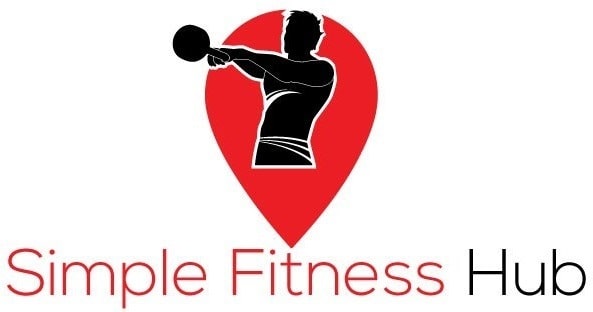For an elite sprinter like Usain Bolt, running is poetry personified. With perfect rhythm and no wasted motion, his running appears effortless. This appearance is the byproduct of years of refining his sprint technique.
But what about everyday athletes? Can we become faster sprinters with the proper coaching and training?
Advocates of the Pose Method of running would answer YES to the question above. Pose, developed by Dr. Nicholas Romanov, a Ph.D. in Physical Education and an expert in Sports Biomechanics, is based on three key techniques: The pose, fall, and pull.
“[The pose] is a position in which the ankle, hips and shoulder are aligned. The knee is slightly flexed so the legs and torso form a shallow S shape. Although momentarily in balance, this posture is poised on the brink of instability. Slight forward movement results in a face forward-and-downwards fall, driven by gravity. As the body rotates forwards and down, the weight is taken off the foot, allowing the pull: a swift hamstring contraction that pulls the foot towards the buttocks. The body is now airborne and moving forwards towards the point at which the other foot is allowed to drop to the ground virtually under the centre of mass, with the point of support under the ball of the foot; and from footfall the body moves to the next pose, fall and pull.” Canute’s Efficient Running Site
I asked Brian MacKenzie, a Founder of CrossFit Endurance, if he considers Pose as an appropriate way to sprint. His answer is unambiguous:
“The Pose Method is the only way we really run. Anything that doesn’t fall into this standard of running is just a deviation from that. We like to say that it is just broken running when we aren’t working within the principles of the Pose Method. With that said, it’s actually the only way sprinters run.”
Does Usain Bolt’s running technique employing Pose? Is that what Brian’s answer implies?
A slightly different perspective comes from Mike Young, a Level 3 USA Track and Field Coach with a Ph.D. in Kinesiology.
“[The Pose Method is] worthless for sprinting. [It is] actually counter to what you want to do. It can work to help recreational non-runners become more efficient at longer distance running but beyond that I think its use is quite limited and the science used is bastardized biomechanics.”
I proceeded to ask Brian MacKenzie about an area that is confusing to me. “With Pose, prior to the pull, is there an application of force, or a push, applied by the trail leg?”
Brian’s Response:
“There is no way to create force with your hip in extension and foot in trail behind you. If you look at an Olympic weightlifter you will see that the force is generated with the feet underneath the body, then the lifter un-weights and pulls under the weight. None of this can happen with a foot behind the body.
What can happen is support of the upper body via the leg and as we get further away from this point of support the body has to support more as gravity is still pulling you down. Go ahead and lean into a wall or bar in your best sprint pose with your foot behind you and try and generate force by extending the knee. Nothing will happen.
We also know that the more we have vertical oscillation the less efficient we are and that the best sprinters just don’t bounce much at all. If we are creating force via extension and not supporting the body this means the body would rise vertically. Yet we don’t see this either. This negates the pushing off or drive phase.”
Here’s what Tom Tellez, the former coach of Carl Lewis had to say:
“Running action such as reaching and pulling with the hamstrings has been scientifically proven not to produce the most efficient movement (Weyand et. al. 1998). This running style is inefficient because it does not utilize the stretch reflex, but instead requires more muscle forces and volumes per unit of force applied to the ground (Weyand et al. 1998).”
Latif Thomas from Athletes Acceleration offered what seems to be a middle ground:
“Push with the leg that is on the ground (the support leg) until toe off and Pull with the active/swing leg to recover the heel under the hips in order to get back in position.”
I followed up with a question to Dr. Romanov to gain some clarification. “If the force to propel a sprinter forward is not generated by a toe-off or a push, where does it come from?”
Dr. Romanov replied:
“Sprinting or any running is the product of gravity, shaped and molded by this universal field of the force. The cadence and efforts of a sprinter are governed by the angle of falling.”
Like many athletes, I simply want to be a faster sprinter, but I am left with more questions.
